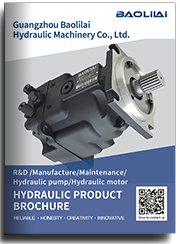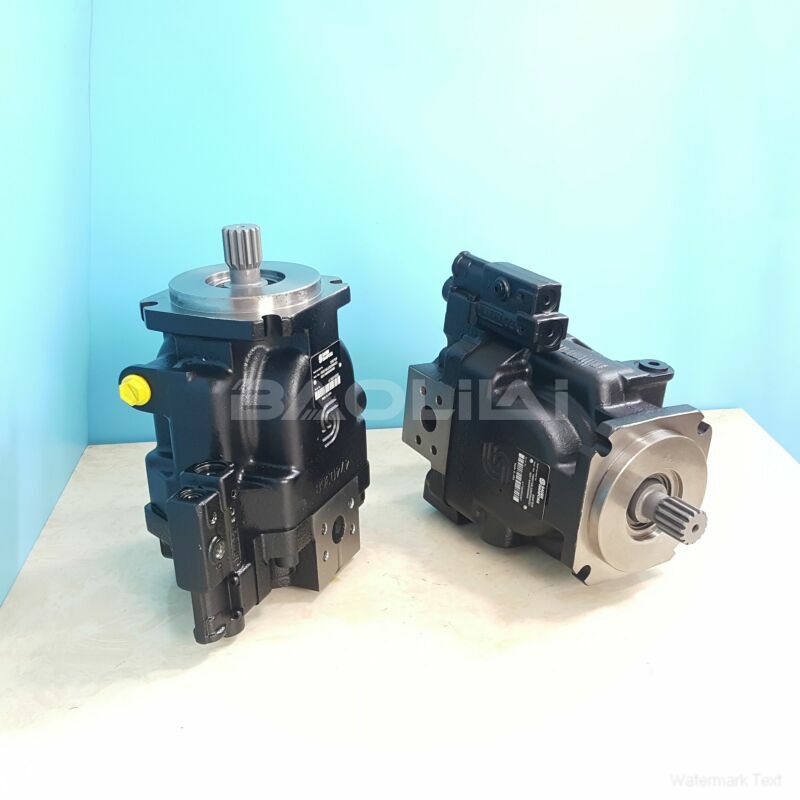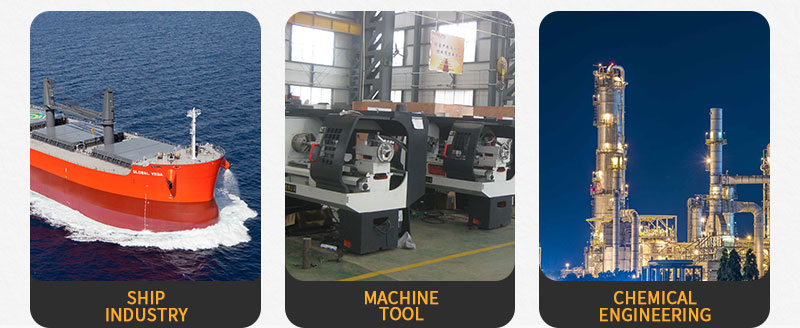FRL074BPC25NNNNN3K4R2A1NAAANNNNNN high pressure pump
FRL074BPC25NNNNN3K4R2A1NAAANNNNNN high pressure pump

- Product Details
- Applicable Scene
Connecting a Danfoss hydraulic pump to a hydraulic circuit requires careful planning and execution to ensure optimal performance and safety. This guide will provide you with step-by-step instructions to successfully link your hydraulic pump to the circuit.
FR-L-074B-PC-25-NN-NN-N-3-K4R2-A1N-AAA-NNN-NNN
FRL074BPC25NNNNN3K4R2A1NAAANNNNNN
Understanding Your Danfoss Hydraulic Pump

83029908
Before proceeding, familiarize yourself with the specific model of your Danfoss hydraulic pump, as different models may have varying specifications. Review the manufacturer’s manual for details regarding flow rates, pressure limits, and connection types. Key components to focus on include the pump output port, suction port, and any pressure relief valves.
Gather Necessary Tools and Materials
You will need:
Appropriate hydraulic hoses
Connectors and fittings compatible with your pump and circuit
A torque wrench for securing fittings
Hydraulic fluid recommended by Danfoss
Safety gear such as gloves and goggles
Preparation of the Hydraulic Circuit
Ensure your hydraulic circuit is clean and free from contaminants. Inspect the circuit for any existing leaks or damage. If necessary, repair any issues before connecting the pump. It’s also essential to have a hydraulic tank installed to provide fluid to the pump.
Connecting the Hydraulic Pump
Mount the Pump: Securely mount the Danfoss hydraulic pump to a stable surface, ensuring it is aligned with the input shaft of any driving motor (if applicable). Follow the mounting guidelines specified in the pump manual.
Connect the Suction Line: Attach the suction line to the suction port of the pump. Ensure the hose is adequately supported and free of kinks that could impede fluid flow. Check the fittings to ensure they are tight to prevent any intake leaks.
Attach the Pressure Line: Connect the pressure line from the pump’s output port to the hydraulic circuit. Use high-pressure rated hoses to prevent bursting under load. Ensure that all connections are secured, using a torque wrench if specified in the manual.





